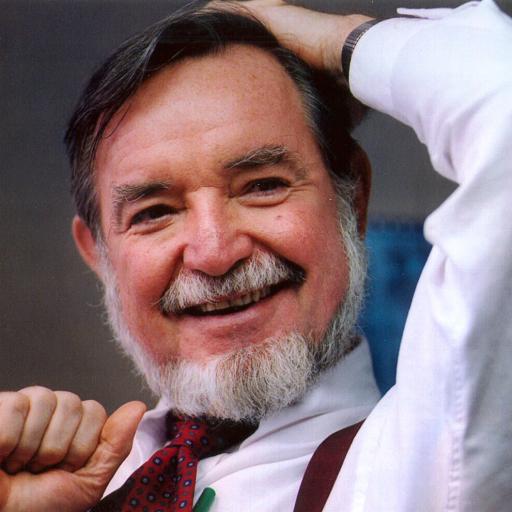
State or Province:
country:
USwhat are your gifts and talents?:
why do you want to join abcd in action?:
The Institutional Assumption: The Myth That Creates Failed Reforms
There is a curious cultural myth in modern societies that holds that a good life is achieved by consumption of the products of institutions and professionals. This superstition believes, for example, that health is in a medical system, safety is in the criminal justice system, your knowledge is in a school, child raising is a function of youth-serving agencies and schools, nurturance is in a supermarket, justice is in government, etc.
This illusory belief system is based on the “institutional assumption” that people are responsible for consumption while institutions and professionals are responsible for producing their well-being. The numbers that measure the relationship of these two responsibilities is called the Gross Domestic Product.
This misleading institutional belief has resulted in reform efforts that are largely ineffective managerial and technological shuffling of the chairs on the deck of systems.
The reason for the ineffective shuffling of chairs is that the “institutional assumption” has led many to ignore the basic determinants of well-being. Take for example the health of people. The epidemiological evidence is that there are five primary determinants of health:
- Individual behavior
- Associational relationships
- Physical environment
- Economic status
- Medical interventions
The epidemiologists suggest that 13-15% of people’s health, measured by morbidity and mortality rates, is attributable to medical systems. That means that 85% of health status is determined by the first four factors. The medical system has no control over these four determinants. So, if we want to stop shuffling chairs and make a real change in health status, we would start by focusing on the determinants of health rather that the reform of medical systems.
This non-institutional approach begins by examining the condition we seek to deal with, e.g. health, security, knowledge, justice, etc.
Then we can ask, for example, about the determinants of health. The list of five determinants identified above make clear that the major actors and locales for change are in the community and especially the neighborhood where behavior, associational relationships and physical environment are in significant control of organized neighbors. If we begin by identifying health sources, we will relocate useful health activities from medical systems to neighborly production.
This process of disengaging from the “institutional assumption” while starting with the conditions and their determinants is not limited to health. It is equally applicable to other neighborhood conditions including education, security, enterprise, food, ecology, and children. Indeed, leaders of many of the institutions purportedly responsible for conditions of well-being are finally publicly identifying the capacities of neighborhoods and local communities as the critical actors in providing well-being. Many medical leaders are saying their systems have major limits in providing health and they urge community action as the most significant health activity. The same is true of many criminal justice leaders who recognize their limits to deal with local violence and point to neighborhood action as the critical missing piece. Leaders of other institutions are also admitting the limits of their capacity to create neighborhood well-being. Indeed, some of these leaders are transforming their institutions into a resource supporting citizens to be producers of well-being. For one example, see How Institutional Leaders Can Transform Their System into a Member of Local Neighborhoods
The alternative to the “institutional assumption” is understanding the determinants of our conditions and recognizing that effective solutions occur when we start with the assumption that productive local citizens are the principal producers of well-being. This is the “community assumption” that puts citizens at the productive center of society and institutions as support units for neighborhood associations.
******
In our institutionalized society children are mainly trained in the arts of consumerism. This is most apparent during the Holiday Season. The focus on consumption is intense beginning on Black Friday. Conspicuous consumption is at its cultural apex. Children are encouraged to fulfill their consumer responsibilities by focusing on toys. Their consumer role is reflected in two basic holiday questions: How many toys will I get, and will I get more than my friends and siblings?
Supposing the society saw children as the producer of toys – the “community assumption” at work. In 1890 in a small rural one room schoolhouse in Sauk County, Wisconsin, children were toy producers. Lydia Cormack, an elderly woman who had attended the school in those days remembers what the community children did:
“At school girls and boys played together at baseball, townball, draw base, pump-pump-pump-a-way, fox and geese and ante-over. There was no end of fun and one reason for this was that the boys and girls made their own playthings. That in itself, was great fun. Never a bat or ball, sled or wagon, wheelbarrow or cart, a snowshoe, vaulting pole, bow and arrow or springboard, but they first had to design and make it." *
This wise old toy builder could lead us to ask, “Where is the community workshop in our neighborhood where kids can be producers – hopefully joined by adults escaping consumerism.”
She could also lead us to ask, “What are the kids learning at our local school? Are they learning to be productive citizens or are they just sad little consumers of presumed expertise?”
* “Good Old Golden Rule Days: A History of One Room Schools in Sauk County, Wisconsin” The Rural Schools Research Committee, 1994.
